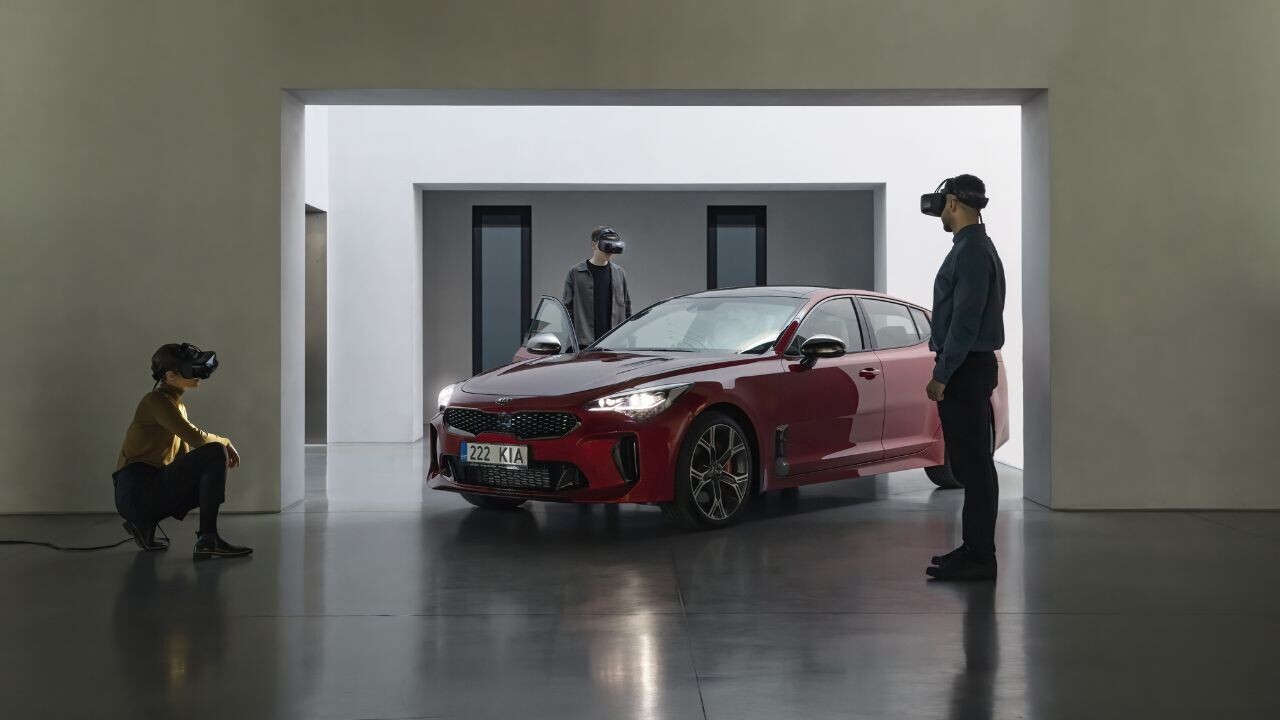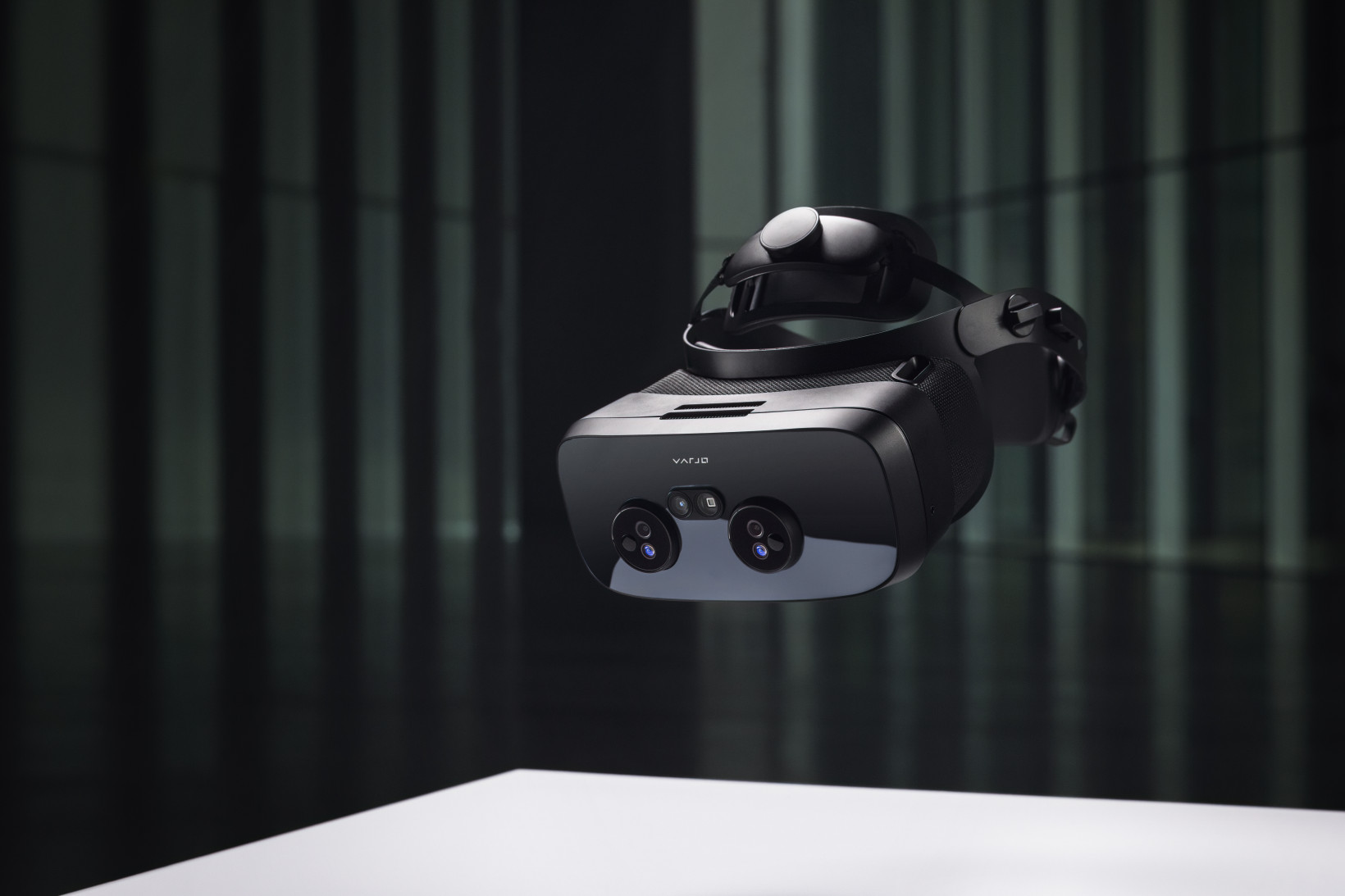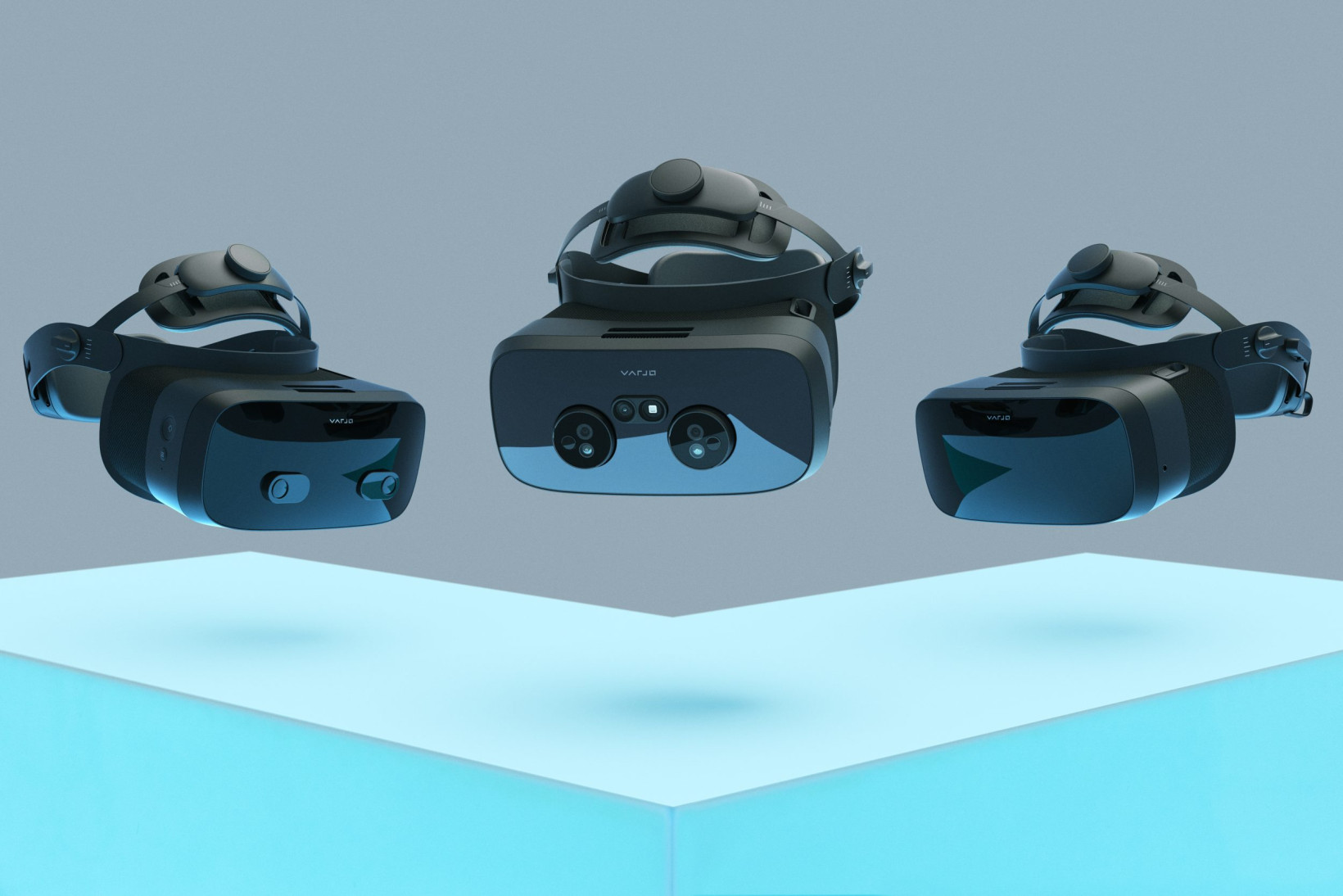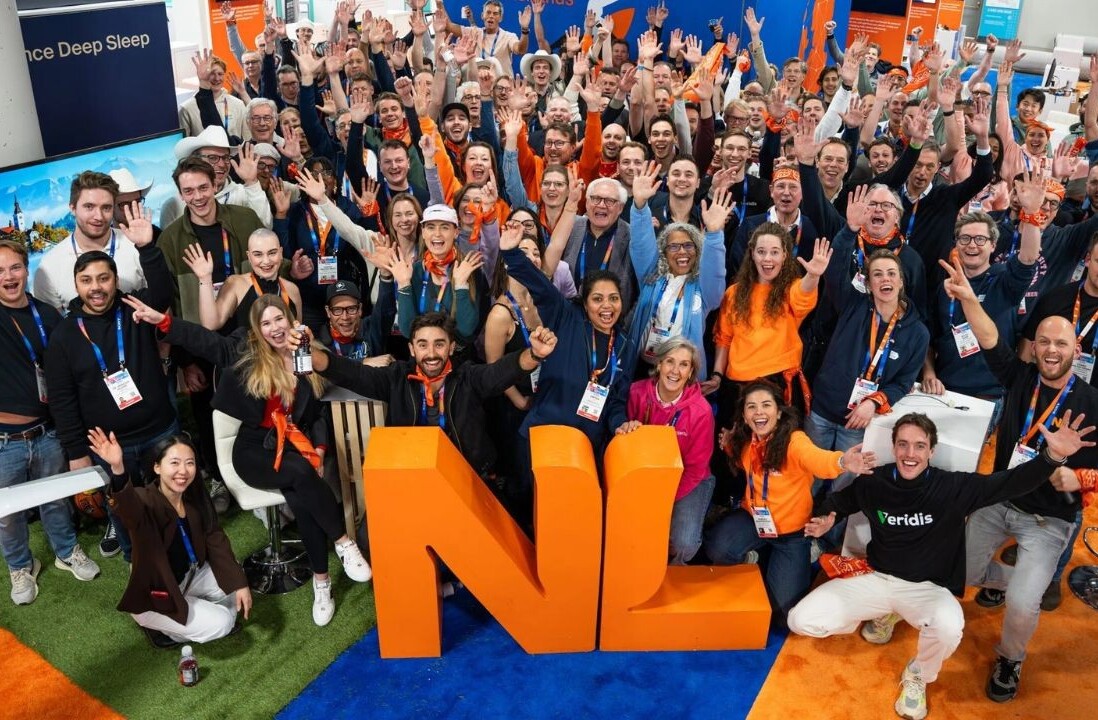
The Vision Pro arrived with great fanfare. At the launch event in California on June 5, Apple CEO Tim Cook described the new headset as a “revolutionary” device that heralds a “new era of spatial computing”. Bold claims indeed, but Apple’s track record lends them credibility.
The tech giant has already redefined music players, tablets, laptops, desktops, smartwatches, and headphones. Analysts are now proclaiming an “iPhone moment” for extended reality (XR).
Across the Atlantic, the launch was being watched closely by Europe’s XR kingpin: Varjo. The Helsinki-based startup claims to produce the world’s most advanced VR and XR. But it now faces competition from the biggest company on the planet.

When Apple revealed the Vision Pro’s cost, the announcement drew an audible gasp from the audience. At a whopping $3,499 (€3,238) the headset is strictly for big spenders. But the impressive specs, the mix of VR and AR, and the focus beyond gaming have triggered comparisons with an even pricier device: Varjo’s €6,495 XR-3.
Nonetheless, Varjo (pronounced “var-yo”) remains bullish. Rather than view the Vision Pro entry as a threat, the company hopes Apple’s arrival will turbocharge the sector.
“Apple’s entrance into XR with Vision Pro is an important moment for our whole industry,” said Urho Konttori, Varjo’s CTO and co-founder.
“Mixed reality is already a fixture in the enterprise sector… We hope today is the turning point for consumers when it starts being part of their everyday lives too, with promising applications for entertainment, personal productivity, and communication.”
Such public positivity was expected from Varjo. But it’s been echoed in the thoughts of external experts.

“I expect that, in the short term at least, Vision Pro will largely create opportunities for other businesses by raising the profile of XR generally,” Sam Dale, a technology analyst at market research firm IDTechE, told TNW. “This includes Varjo, which I believe targets a substantially different customer type to the Vision Pro.”
Indeed, Varjo has been laser-focused on high-demanding enterprises. The company says over a quarter of the Fortune 100 is using Varjo today, as well as various government departments. The Vision Pro, meanwhile, has been promoted as a more general computing system, suitable for use cases ranging from a workstation to an entertainment device.
“We’re shaving off huge amounts of time and costs.
Varjo has eschewed these consumer applications. All the company’s customers have sky-high requirements — sometimes literally. In aviation, the tech is used to train pilots without the need for lengthy travel and expensive simulators. In 2021, the system was certified for civil aviation training in the EU — an endorsement that rival products won’t gain overnight.
Varjo also had to overcome large entry barriers in other sectors, such as the defence and automotive industries. According to the company, 15 of the 20 largest carmakers in the world now use the tech to build and sell their vehicles. Again, the savings can be immense — but only if the XR accurately reflects reality.
“You see every contour of the car, you see every flake of paint,” Timo Toikkanen, Varjo’s CEO, told TNW. “We’re obviously shaving off huge amounts of time and costs from that process.”

The effects were certainly impressive in our demo of the tech. On a sunny day in London, England, TNW tested out the XR-3 at the offices of VC firm Atomico, which led a $31 million (€28 million) investment round in Varjo in 2018.
After strapping on and calibrating the headset, a photorealistic sports car appeared on the meeting room floor. Using hand gestures, we unlocked the doors to admire the vehicle’s interior.
Seconds later, we were transported to the iconic Silverstone motor racing circuit. The same car was parked in front of our eyes, but now reflecting its virtual surroundings.
Aside from a flicker of sunlight shining onto the display, the experience was remarkably lifelike. The image resolution, field of view, depth perception, and eye and hand tracking were all superior to any other XR device we’ve tried. But then again, we’re yet to have a go on the Vision Pro.

Apple’s XR device has impressed both early users and analysts. But the tech differs significantly from Varjo’s.
Dale notes that Varjo headsets connect to external gaming PCs via cables to receive computing power. The Vision Pro, however, does this internally. That makes it more portable and the power is substantial. But even Apple’s high-end silicon is unlikely to match the performance of elite PCs.
“I think it’s primarily a developer device.
Another difference is that the Vision Pro is more of a personal system. People with bad eyesight will require prescription inserts, and further individual customisations may be needed. In contrast, Varjo’s headsets can be worn over glasses and shared between multiple users.
“Varjo’s headsets will likely beat the Vision Pro in top-end image quality, but at the cost of a lot of hardware complexity, extra weight, and a price in at least the same range,” said Dale.
The companies have also trod divergent paths to their ecosystems. Varjo’s hardware relies on a broader, more open network of partners, including Steam for base stations. The systems interface with external hardware for user tracking
Apple’s headset, meanwhile, keeps everything self-contained within Apple’s own ecosystem. That will appeal to many existing Apple users and developers, but it could erect new barriers for enterprise customers. These companies often have complex needs and established systems outside Apple’s empire.

In time, Apple may shift focus to cheaper devices, mass consumption, and new segments. There are already reports that the company aims to release a more affordable headset by the end of 2025. Experts expect that the Vision Pro is merely a first step into extended reality.
That’s the prediction of Tom Furness, one of the sector’s leading luminaries. Known as the “grandfather” of VR and AR, Furness build the first helmet-mounted displays used by US Air Force pilots. He expects Apple to use the Vision Pro to refine the XR plans.
“I think it’s primarily a developer device,” Furness said at TNW Conference.
Varjo will be keeping a close eye on the progress. As an established player with a strong customer base in highly-specialised industries, the company has found a niche that Apple is yet to target.
While Apple’s unparalleled resources make it a threat to any XR incumbent, Varjo remains hopeful that the Vision Pro invigorates the entire sector — at least, for now.
Get the TNW newsletter
Get the most important tech news in your inbox each week.




